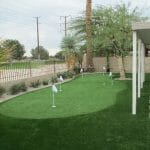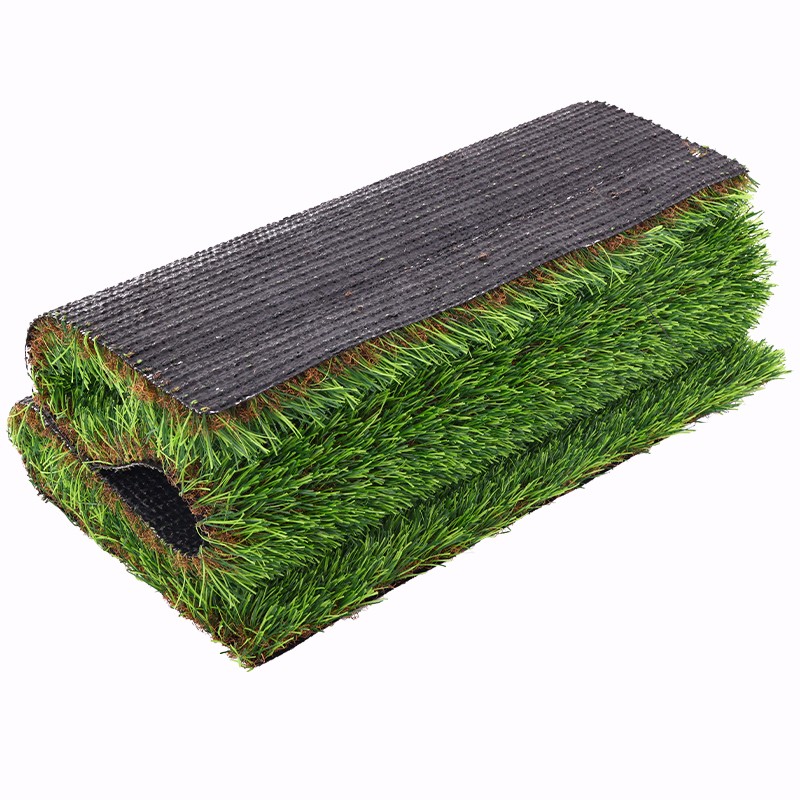
For homeowners seeking a low-maintenance yard solution, artificial turf has emerged as a popular choice. With its synthetic composition, artificial turf offers several advantages over natural grass when it comes to minimizing yard work. However, it’s essential to understand the pros and cons to determine if it’s the right fit for your low maintenance yard. In this article, we will explore the pros and cons of artificial turf specifically tailored for low maintenance yards.
Pros:
1. Minimal Maintenance: One of the primary benefits of artificial turf is its low maintenance requirements. Unlike natural grass, it doesn’t require mowing, watering, or fertilizing. This saves significant time and effort, making it an ideal choice for homeowners seeking a low maintenance yard solution.
2. Water Conservation: Artificial turf eliminates the need for regular watering, which not only saves water but also reduces monthly water bills. It is an eco-friendly option for homeowners looking to conserve water resources.
3. Weed-Free: Synthetic turf eliminates the problem of weeds, reducing the need for weed control measures such as pulling or spraying herbicides. This saves time and ensures a consistently neat and weed-free yard.
4. Durability: Artificial turf is highly durable and can withstand heavy foot traffic and various weather conditions. It maintains its vibrant color and texture for an extended period, making it ideal for low maintenance yards.
5. Year-Round Beauty: Synthetic turf provides a lush, green appearance year-round, regardless of seasonal changes or weather conditions. It eliminates the need for reseeding or overseeding, ensuring a consistently attractive yard.
Cons:
1. Heat Retention: Artificial turf can retain heat, especially in direct sunlight. This can make the surface hot to the touch and potentially uncomfortable during warmer months. Choosing turf with heat reduction technology or incorporating shading elements can help mitigate this issue.
2. Initial Cost: The installation cost of artificial turf can be higher compared to natural grass. However, it’s essential to consider the long-term savings on water bills, maintenance, and lawn care products. Over time, the initial investment can be recouped.
3. Artificial Appearance: While modern artificial turf has become increasingly realistic, some people may still prefer the natural look and feel of real grass. It’s a subjective preference that homeowners should consider when deciding on the aesthetics of their yard.
4. Environmental Impact: Artificial turf is typically made from non-biodegradable materials such as plastic and rubber, which can have environmental implications. However, more eco-friendly options are available in the market, including those made from recycled materials.
5. Limited Natural Elements: Unlike natural grass, artificial turf lacks the biodiversity and ecological benefits that real grass provides. It may not support the same level of insect and wildlife activity or contribute to soil health and biodiversity.
Conclusion:
Artificial turf offers numerous benefits for low maintenance yards, including minimal maintenance, water conservation, weed-free surfaces, durability, and year-round beauty. However, it’s important to consider potential drawbacks such as heat retention, initial cost, artificial appearance, and limited natural elements. By weighing the pros and cons, homeowners can make an informed decision about incorporating artificial turf into their low maintenance yard plans.










